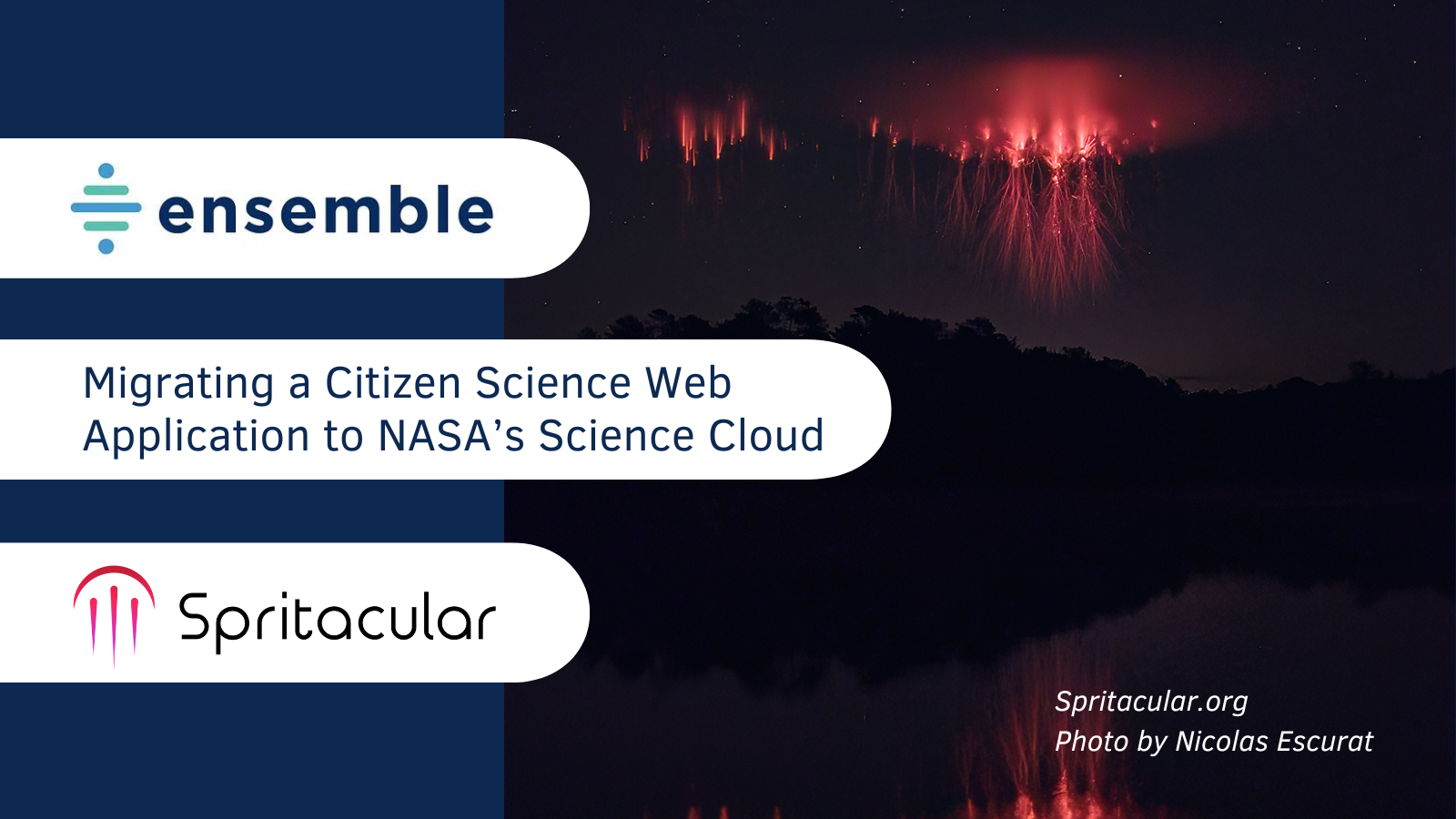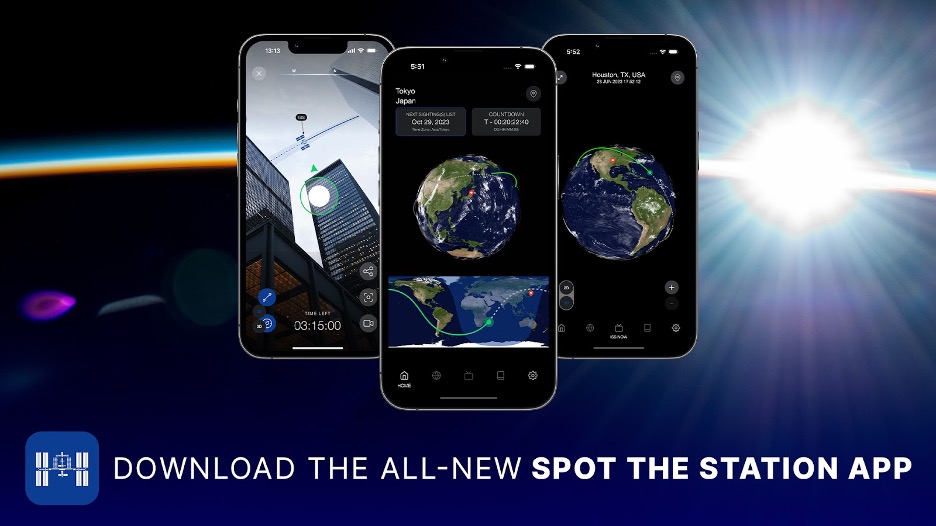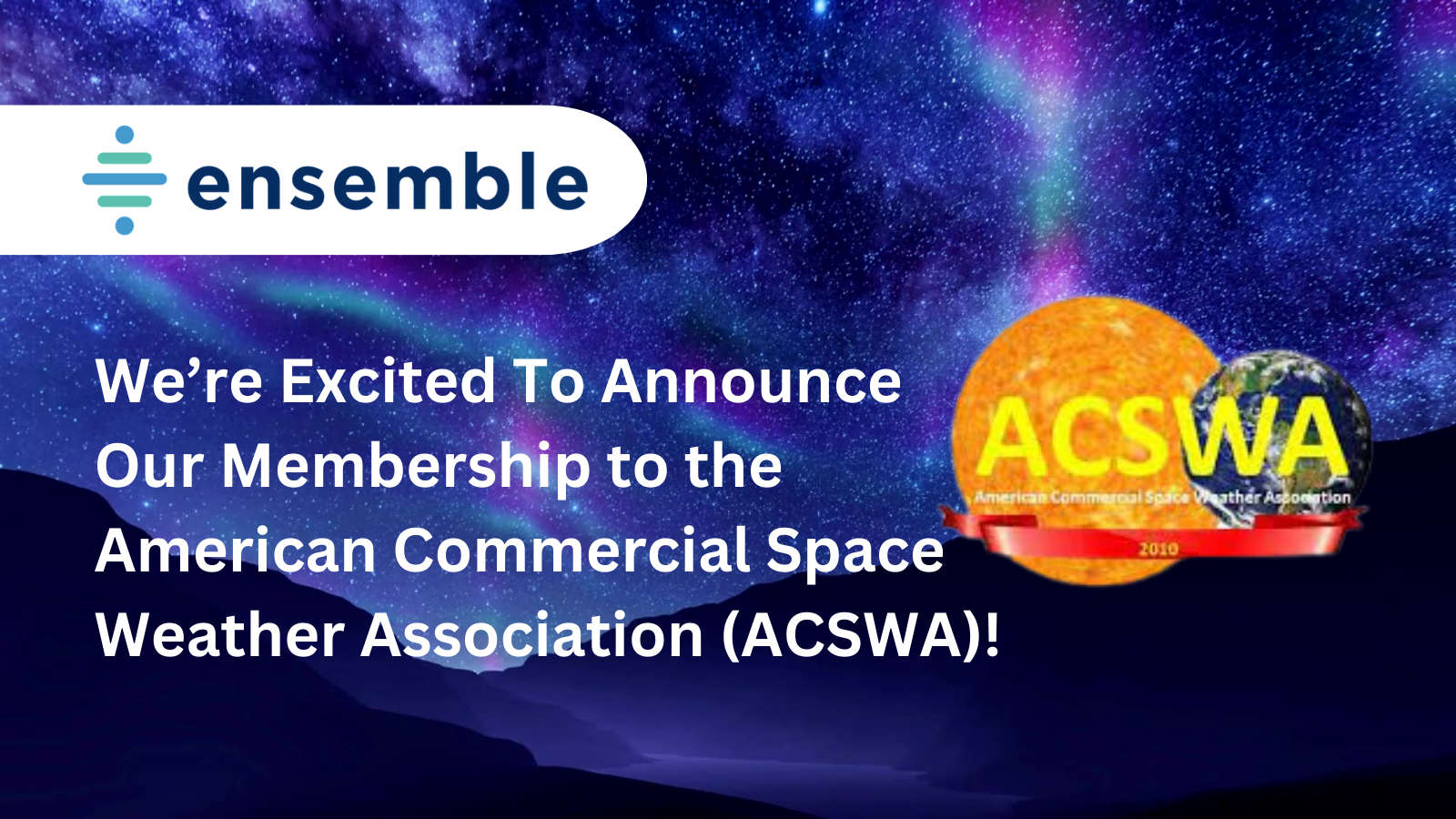Since October 2021, Ensemble has been supporting the development and hosting of Spritacular, a citizen science application for sprite chasers and space weather scientists, in collaboration with the Catholic University of America and the NASA Goddard Space Flight Center. Spritacular is a web-based platform that offers a central hub for users passionate about capturing data and images on sprites and transient luminous events (TLEs). Since its launch in Summer 2022, Spritacular has gained popularity among avid sprite chasers around the world, with features in NASA.gov, Interesting Engineering, Futurism, and the New York Post. The platform provides a gallery of validated TLE and sprite observations and imagery, allowing users to explore and engage with other citizen scientists.
The core features of the platform include:
- User registration and user profile customization
- TLE observation upload form
- TLE observation gallery
- Unique TLE observation detail pages with user comments and engagements
- User tutorials and blog editor capabilities
- Admin data dashboard with analysis, querying, and export capabilities
The platform is built using a range of technologies, including Python, Django, Django Rest Framework, Celery, JavaScript React, Firebase Cloud Messaging, Google Maps API, AWS S3, AWS EC2, AWS RDS, and AWS CloudFront. By leveraging these technologies, Spritacular offers a seamless and efficient experience to citizen science users, allowing them to capture, explore, and share valuable scientific data with the wider community.The platform serves as a first of its kind repository for users to upload observations of sprites and other transient luminous events (TLEs), which have captured the interest of hundreds of citizen scientists who enjoy chasing these phenomena and sharing their images with the community.

In April 2023, Ensemble successfully migrated Spritacular to the NASA Science Managed Cloud Environment, ensuring seamless access and scalability. The cloud migration allows Spritacular to handle the increasing number of users and images uploaded to the platform without compromising on performance or user experience.
The migration process involved completing security forms, configuring user accounts, and gaining secure access for Ensemble’s digital strategist and software architects. With access granted, the team proceeded to redeploy Spritacular’s key resources into NASA’s AWS Environment.
The migration process began with creating a snapshot of the RDS instance to make a complete copy of the database. This snapshot was then used to recreate the RDS instance in the NASA AWS environment, ensuring data continuity. Our team also utilized Amazon Machine Image (AMI) to redeploy compute resources, including the front-end application instance, Docker backend instance, Spritacular DB backend, and Spritacular front-end production.
To transfer data, new S3 buckets were created with a new URI, and a data sync command was run to port all data elements to the destination S3 bucket. During the transfer, our team encountered an S3 permission error, which required troubleshooting. We resolved the issue by applying a role to the EC2 instance used for submitting and uploading observations to the S3 bucket. Quality control assessments were conducted to verify the accuracy and completeness of the data migration.
Additionally, our team recreated a CloudFront distribution to provide low-latency media distribution services for Spritacular users. This distribution was connected to a migrated Route 53 domain registrar service, enabling global, low-latency distribution of image files using the spritacular.org domain name.
As an AWS Select Tier and Public Sector partner, Ensemble was well-qualified to carry out a smooth and secure data migration on time without significant interruption to the site. Overall, the migration of Spritacular to NASA’s AWS Cloud environment was a successful project that involved tasks such as security configuration, resource redeployment, data transfer, and setting up media distribution services. The migration of Spritacular to NASA’s AWS Cloud environment was a complex but successful project that required careful planning, collaboration, and technical expertise.







